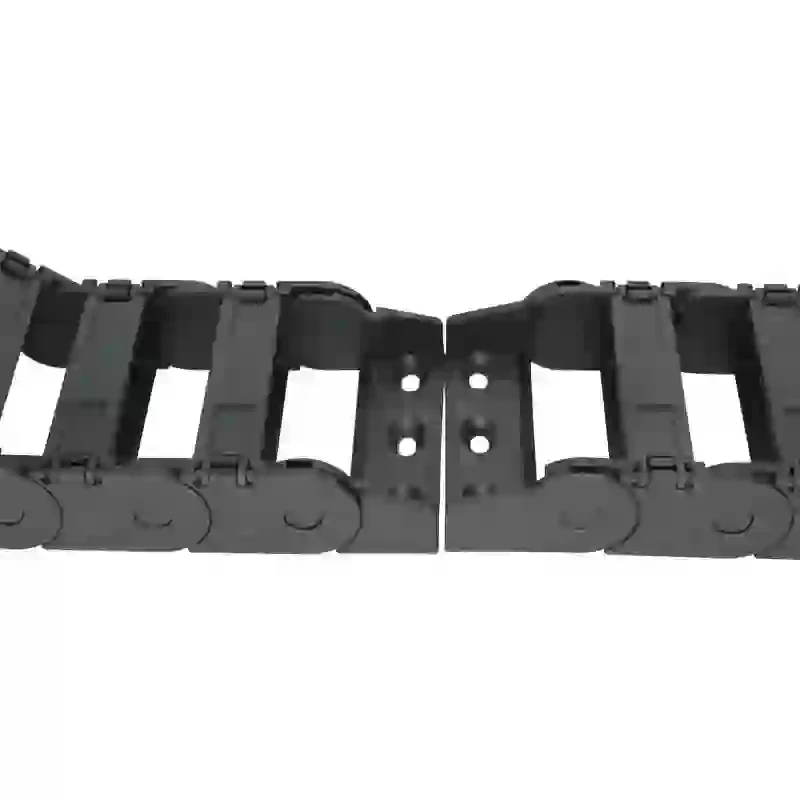cable track
The Essential Role of Cable Tracks in Modern Industries
In today's fast-paced and technology-driven world, the organization and management of cables have become more critical than ever. Among the various solutions available, cable tracks stand out as essential tools in ensuring efficient cable management across multiple industries. A cable track, also known as cable chain or cable carrier, is a system designed to guide and protect cables and hoses in machinery and equipment, ensuring safety and functionality.
Cable tracks are widely used in numerous applications, including manufacturing, robotics, construction, and entertainment industries. Their primary function is to provide a pathway for cables, preventing them from tangling, fraying, or being damaged during operation. As machines and devices become more intricate, the need for systematic cable management increases significantly, making cable tracks an invaluable asset.
One of the critical benefits of cable tracks is their ability to withstand repetitive motion. In environments where machinery operates continuously, cables can suffer stress from bending, twisting, and abrasion. Cable tracks are engineered to mitigate such risks, allowing cables to move freely without physical strain. This not only prolongs the lifespan of the cables but also minimizes the risk of electrical failures that could halt production and lead to unnecessary downtime.
cable track

Moreover, cable tracks contribute significantly to workplace safety. Disorganized cables lying on the ground can pose tripping hazards to workers and can lead to accidents or injuries. By utilizing cable tracks to manage cables vertically or horizontally, companies can create cleaner, safer workspaces. This proactive approach to safety aligns with the growing emphasis on workplace ergonomics and employee well-being in modern industrial settings.
The versatility of cable tracks allows their integration into numerous environments. For instance, in automated production lines, cable tracks guide power and control cables, enabling seamless operations of machines and robotic arms. Similarly, in the entertainment industry, such as theaters or concerts, cable tracks are utilized to manage lighting and audio cables, making set changes and equipment adjustments much more efficient. With advancements in technology, cable tracks can also be customized for specific applications, further enhancing their functionality and effectiveness.
Additionally, the use of cable tracks can lead to improved aesthetics in work environments. A well-organized cable management system creates a professional appearance and reflects a company's commitment to quality and efficiency. Clients and customers often perceive companies that prioritize neatness and organization favorably, which can enhance brand reputation.
In conclusion, the importance of cable tracks in various industries cannot be overstated. They play a pivotal role in enhancing operational efficiency, promoting workplace safety, and improving the overall appearance of workspaces. As industries continue to evolve and machinery becomes more complex, the reliance on effective cable management solutions, such as cable tracks, will only grow. Businesses looking to optimize their operations should seriously consider integrating cable tracks into their systems, ensuring not just functionality and safety but also a commitment to excellence in every aspect of their operations. As we move forward, investing in modern solutions like cable tracks will undoubtedly pave the way for a more organized and efficient industrial landscape.








